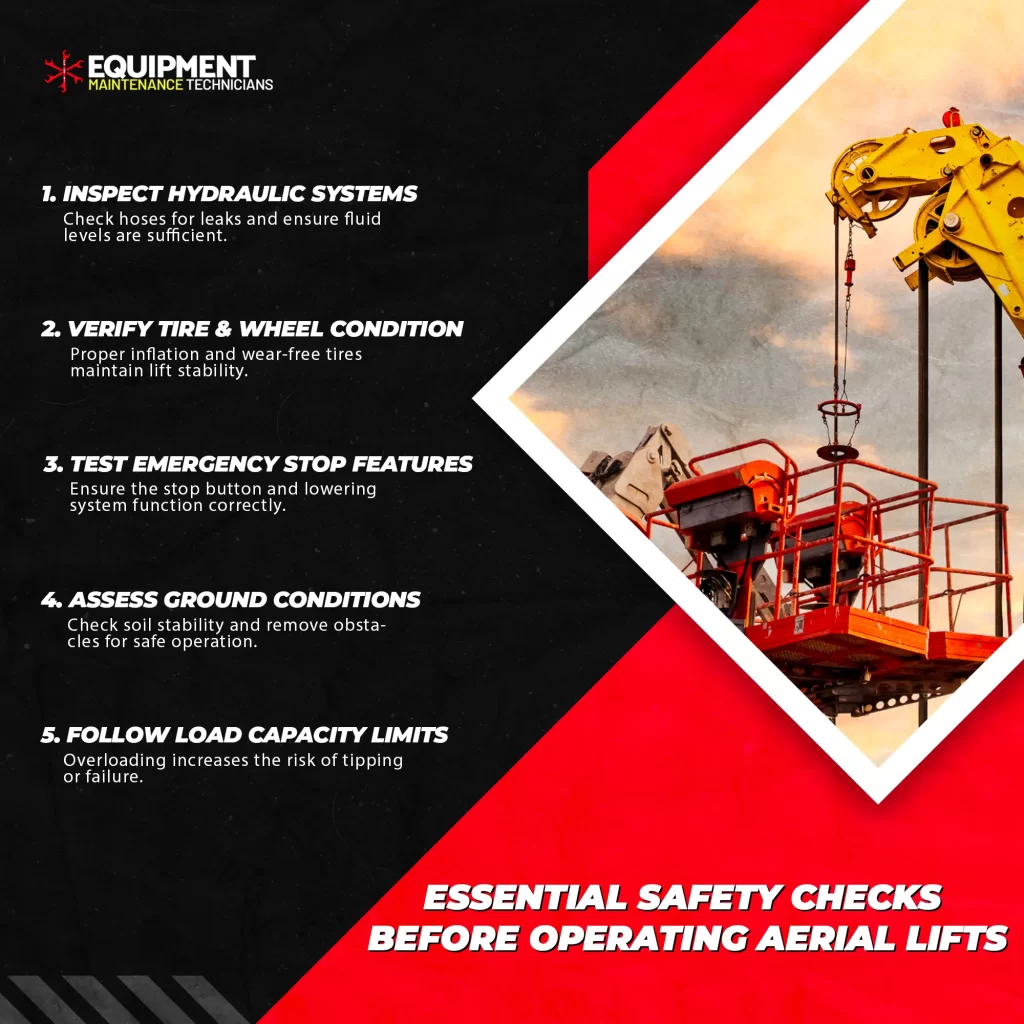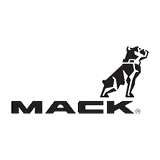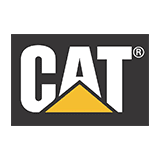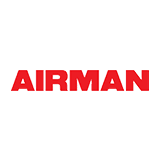Before operating aerial lifts, you need to perform essential safety checks. Inspect hydraulic systems for leaks and test functions for smooth operation. Confirm tires and wheels are in good condition and check for proper inflation. Verify safety features like the emergency stop button and guardrail integrity. Finally, assess ground conditions and adhere to load capacity guidelines for stability. Want to know more about these safety checks and best practices?

Key Takeaways
- Inspect hydraulic systems for leaks, ensuring all hoses and connections are secure and free from wear or damage.
- Test safety features like the emergency stop button and lowering system for proper functionality before operation.
- Assess site conditions, including soil stability and surface obstacles, to guarantee safe lift operation.
- Verify that tires are properly inflated and in good condition to maintain stability and traction.
- Document all inspection results and maintenance activities to ensure compliance with safety standards.
Pre-Operation Inspections for Aerial Lift Safety
Before you operate an aerial lift, it’s essential to check the hydraulic systems for any leaks or malfunctions. You’ll also want to make certain the tires and wheels are in good condition to maintain stability and safety. These pre-operation inspections can prevent accidents and keep your worksite running smoothly.
Checking Hydraulic Systems for Leaks and Malfunctions
Guaranteeing the hydraulic systems of aerial lifts are free from leaks and malfunctions is essential for safe operation, as even minor issues can lead to significant accidents. When you perform your aerial lift safety checklist, pay close attention to these critical areas:
- Inspect hoses and connections for any signs of wear, cracks, or leaks.
- Check fluid levels to guarantee there’s enough hydraulic fluid for proper operation.
- Test the lift’s functions to confirm that the hydraulics respond smoothly without any unusual noises or resistance.
Ensuring Proper Tire and Wheel Condition
While you might focus on the mechanical components of aerial lifts, don’t overlook the importance of proper tire and wheel condition. Tires are essential for stability and maneuverability, so inspect them regularly for wear, punctures, and proper inflation. Under-inflated tires can lead to poor traction and increased risk of accidents, while over-inflated tires can cause blowouts.
In your aerial lift safety program, verify that wheel assemblies are also checked for damage or misalignment. Any signs of rust or corrosion should be addressed immediately to avoid potential failures. By maintaining tire and wheel condition, you not only enhance safety but also extend the lifespan of your equipment, guaranteeing efficient operation on the job site. Regular attention to these details can save you time and money in the long run.
Verifying Safety Features and Controls
When using aerial lifts, it’s essential to verify safety features and controls to guarantee your safety. Start by testing the emergency stop and lowering systems, as well as inspecting guardrails and harness attachments. These checks can make all the difference in preventing accidents while you’re working at heights.
Testing Emergency Stop and Lowering Systems
One critical aspect of aerial lift safety is testing the emergency stop and lowering systems. These features are essential for guaranteeing that you can quickly halt operations or safely descend in case of an emergency. Regular testing helps confirm that these systems function correctly, reducing risks on the job site.
Here are a few key steps to remember:
- Check the emergency stop button**: Verify it’s functional and easily accessible.
- Test the lowering system: Confirm it operates smoothly without any delays or issues.
- Document results: Keep a record of your tests to track compliance and performance over time.
Inspecting Guardrails and Harness Attachments
Before operating an aerial lift, it’s vital to inspect guardrails and harness attachments to guarantee maximum safety. Start by checking that guardrails are secure and free from any damage. Confirm they’re at the proper height and positioned correctly to prevent falls. Next, examine harness attachments; they should connect securely to the lift and fit snugly. Look for any wear or fraying on the straps, and make certain all safety mechanisms are functional. Adhering to your aerial lift safety policy is critical, as it helps mitigate risks and assures compliance with safety standards. Remember, a thorough inspection can prevent accidents and keep everyone safe while working at heights. Always prioritize safety before you begin your tasks.
Best Practices for Safe Operation on the Job Site
When operating aerial lifts, it’s essential to assess ground conditions and identify any environmental hazards that could impact safety. You also need to adhere to load capacity and stability guidelines to prevent accidents. Keeping these best practices in mind helps guarantee a safe and efficient job site.
Assessing Ground Conditions and Environmental Hazards
While evaluating ground conditions and environmental hazards may seem like a minor detail, it plays an essential role in guaranteeing the safe operation of aerial lifts on the job site. Ignoring these factors can lead to accidents and jeopardize aerial lifts’ safety. Here are some key areas to assess:
- Soil Stability: Guarantee the ground can support the weight of the lift and its load.
- Surface Conditions: Check for obstacles, uneven terrain, or debris that could affect stability.
- Weather Factors: Be aware of wind, rain, or snow, as these can impact lift operation and worker safety.
Following Load Capacity and Stability Guidelines
To guarantee safe operation of aerial lifts, it’s vital to adhere to load capacity and stability guidelines. Always check the manufacturer’s specifications for the maximum load capacity before starting your aerial lift operation. Overloading can lead to loss of stability, increasing the risk of tipping or accidents. Make sure to distribute the load evenly and avoid dynamic forces, like sudden movements or wind. Additionally, familiarize yourself with the lift’s stability features, such as outriggers or stabilizers, and verify they’re deployed correctly. Regularly inspect these components to maintain their effectiveness. By following these guidelines, you not only enhance your safety but also improve the overall efficiency of your work. Prioritizing load capacity and stability is key to successful aerial lift operation.
Frequently Asked Questions
What Are the Qualifications for Operating Aerial Lifts?
To operate aerial lifts, you need proper training, certification, and familiarity with the specific equipment. Understanding safety protocols and manufacturer guidelines is essential to guarantee safe and efficient operation in various work environments.
How Often Should Aerial Lifts Be Serviced?
Think of aerial lifts as your trusty steed; they need regular grooming. You should service them every six months or after 150 hours of use, ensuring they’re always ready to take you to new heights.
What Protective Gear Is Required When Using Aerial Lifts?
When using aerial lifts, you should wear a hard hat, safety harness, and non-slip footwear. Eye protection’s also important to shield against debris. Make sure your gear’s in good condition before starting work.
What Should I Do in Case of an Emergency?
In an emergency, remember: “Better safe than sorry.” Stay calm, assess the situation, and call for help. If safe, evacuate the area and follow your company’s emergency plan to guarantee everyone’s safety.
Are There Specific Weather to Avoid When Operating Aerial Lifts?
Yes, you should avoid operating aerial lifts in high winds, heavy rain, or icy conditions. These weather factors can compromise stability and safety, so it’s best to wait for better weather before using the equipment.
Conclusion
In the world of aerial lifts, safety isn’t just a checklist—it’s your lifeline. Just as Icarus learned the hard way, soaring to great heights requires respect for the tools and environment around you. By performing these essential safety checks, you’re not only protecting yourself but also ensuring your team can work confidently below. So, take a moment, conduct your inspections, and let safety be the wings that carry you through every job.







































